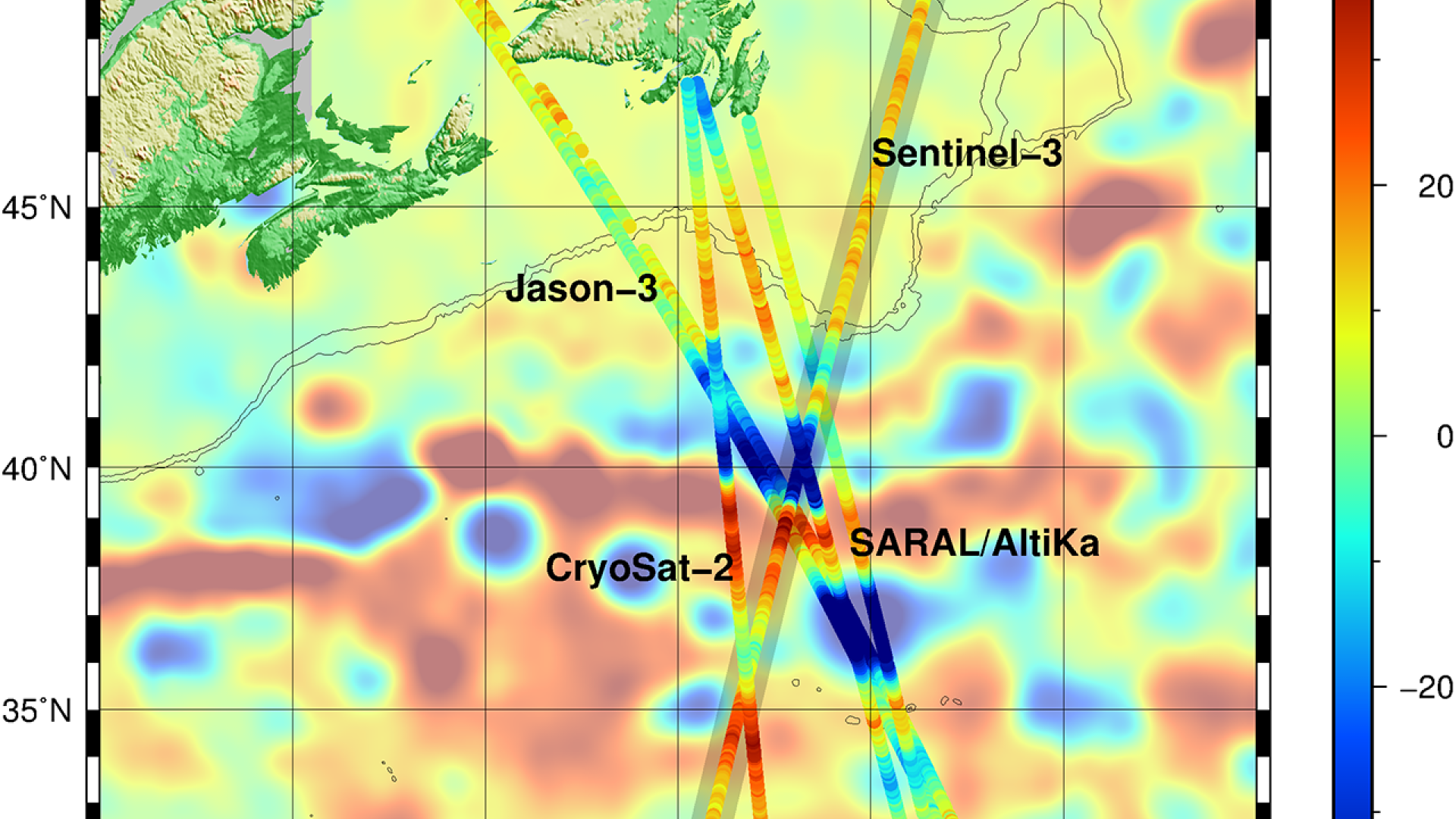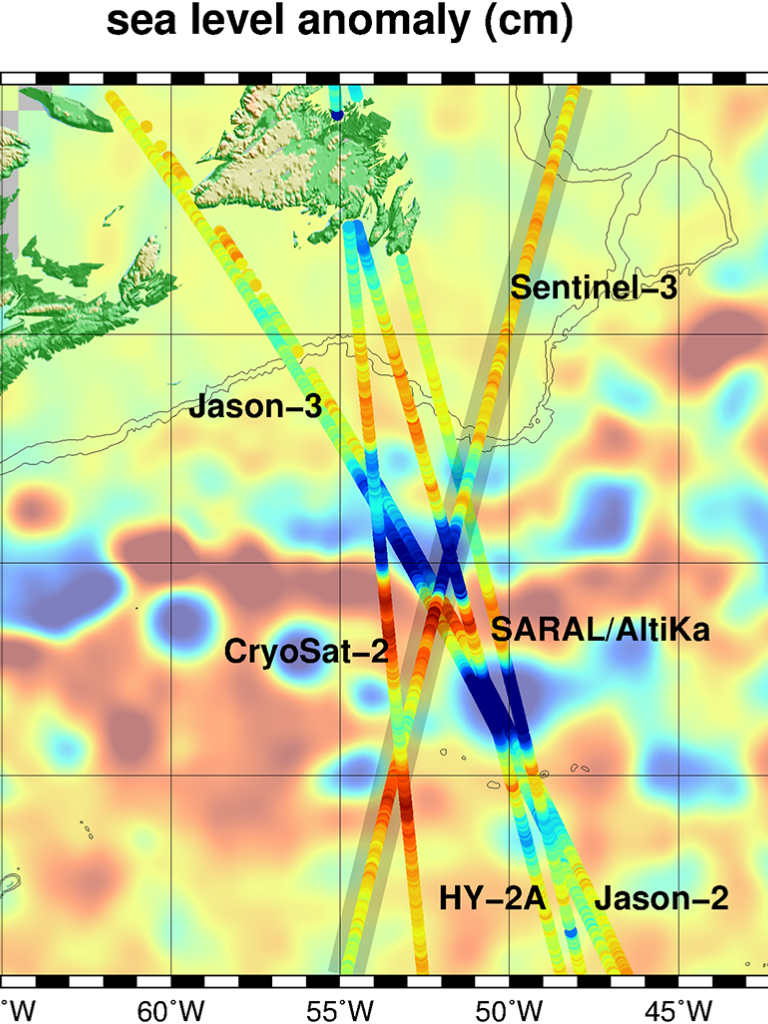
International science meeting discusses achievements and prospects for Ocean Altimetry


Under the motto ‘New era of altimetry, new challenges’ the 2016 meeting of the international Ocean Surface Topography Science Team (OSTST) starts today in La Rochelle, France.
05 November 2024
31 October 2016
The meeting, co-organised by EUMETSAT and CNES, the French Space agency, will discuss the progress achieved in the implementation of a roadmap established in 2008, the evaluation of the first data available from the Jason-3 and Sentinel-3A missions launched in January/February 2016, and the preparation of future missions, including Jason-CS/Sentinel-6 and SWOT, both to be launched around 2020.
The potential of new altimeter measurement techniques, like KA-band altimetry flown on the French-Indian SARAL mission, the altimeter SAR mode implemented on Sentinel-3 and Jason-CS/Sentinel-6, and the wide swath capabilities to be demonstrated by the NASA-CNES joint SWOT mission, will be discussed in depth, together with their possible contributions to the future observing systems required for the further development of operational oceanography, climate, sea ice and sea level monitoring, seasonal forecasting and ocean and Earth system sciences.
Anne Cazenave, a Member of the French Academy of Sciences, said, ”In 2008, space agencies, operational and scientific users meeting under the auspices of the Committee on Earth Observation Satellites, made a series of recommendations about the constellation of altimeter satellites needed to meet operational and science requirements. Eight years later, almost all objectives have been met. Today, the constellation in orbit, combined with other space-based and in-situ observing systems, provides necessary information for operational oceanography and for monitoring the meso-scale ocean circulation, the arctic ocean, sea level and climate, etc. But new challenges are emerging, for instance monitoring small-scale ocean processes and sea level in coastal areas, measuring sub meso-scale ocean currents for some operational applications, measuring sea surface height under sea ice in the polar regions, or assessing the quality of the 'sea level' climate records delivered by climate services. No doubt the recently launched and planned missions embarking new technology will contribute to these important issues.”
Alain Ratier, Director-General of EUMETSAT, added, “Building on the heritage of outstanding pioneering European and US missions like Seasat, Topex-Poseidon and ERS, ocean altimetry has now reached operational maturity with the involvement of operational agencies like EUMETSAT and NOAA and the Copernicus Sentinel missions. But it is never too early to look into the future, and the this OSTST meeting is certainly an important opportunity.”

